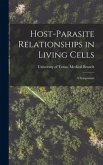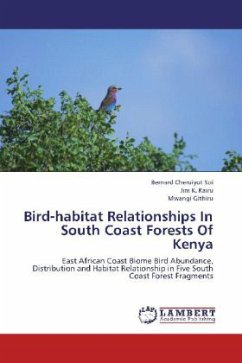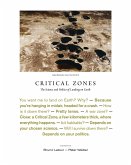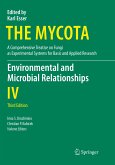The biggest challenge facing natural resource conservation efforts today is to maintain biological diversity and viable ecosystems. This requires the best available scientific information on the relationships between individual species and their habitat. Wildlife-Habitat Relationships in Oregon and Washington is the first book to compile and synthesize in a single convenient, comprehensive volume a vast amount of diverse information on 593 wildlife species and their relationships with the 32 terrestrial, freshwater, and marine habitat types of Oregon and Washington. Included are color photographs of each habitat type, as well as hundreds of maps, diagrams, and other illustrations. In addition, a separate CD-ROM (included with the book) contains additional wildlife data and color maps, and seven matrixes that link wildlife species with their respective habitat types. The 88 contributing authors include experts in wildlife, botany, fisheries, conservation biology, vegetation mapping, and the ecology of forest, rangeland, and marine environments, among other fields. Intended for use by natural resource managers and planners, scientists, conservationists, educators, and other individuals with a deep interest in wildlife species and their habitats, this book is sure to be a valuable resource and standard reference for many years to come.
Hinweis: Dieser Artikel kann nur an eine deutsche Lieferadresse ausgeliefert werden.
Hinweis: Dieser Artikel kann nur an eine deutsche Lieferadresse ausgeliefert werden.

![Wildlife-Habitat Relationships in Oregon and Washington [With CDROM] - Johnson, David H. Wildlife-Habitat Relationships in Oregon and Washington [With CDROM] - Johnson, David H.](https://bilder.buecher.de/produkte/55/55504/55504285z.jpg)



![Encyclopedia of Soil Science [With Ereference Online Access] Encyclopedia of Soil Science [With Ereference Online Access]](https://bilder.buecher.de/produkte/23/23016/23016801m.jpg)


